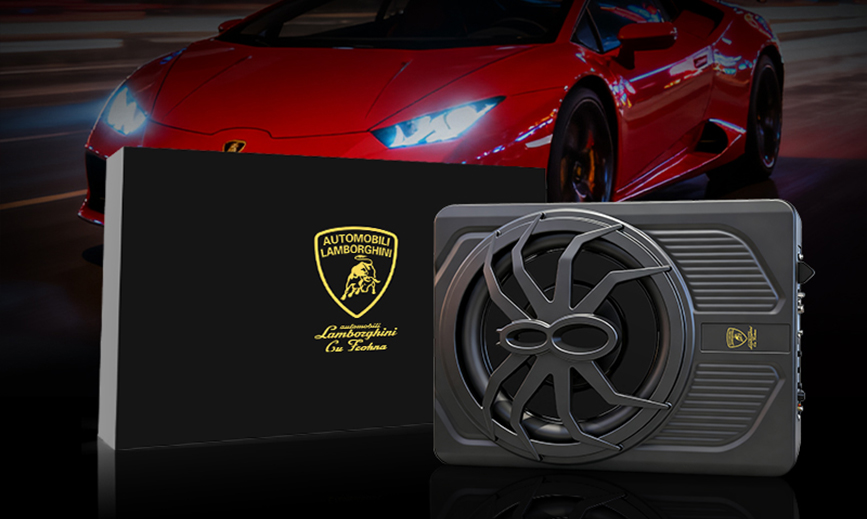8 Essential Motorcycle Dash Cam Maintenance Tips for Crystal-Clear Footage
A motorcycle dash cam is a vital witness to your journeys and a guardian of your safety. However, to ensure it reliably captures clear footage when needed, regular maintenance is crucial. Neglecting this can lead to blurred videos, missed recordings, or even premature device failure.
This guide outlines 8 essential maintenance tips to keep your dash cam in top shape, ensuring it's always ready to record your ride.
1. Clean Your Dash Cam Lens Regularly and Correctly
A clean lens is non-negotiable for clear footage. Over time, lenses accumulate dust, grime, and smudges, significantly degrading video quality.
-
Use the Right Cloth: Always use a soft, lint-free microfiber cloth . Avoid paper towels or rough materials that can scratch the lens coating.
-
Choose Safe Cleaning Solutions: For stubborn dirt, lightly dampen the cloth with a drop of isopropyl alcohol or a neutral, non-abrasive cleaning solution . Avoid harsh chemicals or solvents like thinner or benzene, which can damage plastic components and lens coatings . Never spray cleaner directly onto the lens .
-
Establish a Routine: Gently wipe the lens in a circular motion, starting from the center and moving outward . Make this a habit, especially after riding in dusty or rainy conditions.
2. Ensure a Secure and Stable Mount
A shaky mount leads to useless, wobbly footage. Vibration can also loosen the mount over time.
-
Inspect Hardware: Periodically check the tightness of all mounts, screws, and adhesive pads.
-
Invest in Quality: Use high-quality, robust mounts designed to withstand motorcycle vibrations.
-
Optimal Positioning: Ensure the dash cam is positioned for an unobstructed view and is securely fastened to minimize movement.
3. Manage Exposure to Extreme Temperatures
Your dash cam faces the elements, and temperature extremes can affect its performance and lifespan.
-
Avoid Direct Sunlight: When parked, try to keep your motorcycle in the shade to prevent the dash cam from overheating.
-
Cold Weather Care: In freezing climates, allow the dash cam to warm up gradually before use to prevent internal condensation.
-
Know the Limits: Check your device's specified operating temperature range to ensure it's suitable for your climate.
4. Keep Your Firmware Updated
Firmware updates often include performance enhancements, new features, and critical bug fixes.
-
Check for Updates Regularly: Periodically visit the manufacturer’s website or use their dedicated app to check for updates.
-
Enable Auto-Updates: If your dash cam supports Over-The-Air (OTA) updates, enable this feature for hassle-free maintenance.
-
Follow Instructions: Always follow the manufacturer's update guidelines carefully. It's also wise to note your current settings before updating, as they might reset.
5. Practice Proper Power Management
A stable power supply is key to uninterrupted recording.
-
Hardwiring: For a permanent and clean setup, consider hardwiring the dash cam to your motorcycle's battery.
-
Monitor Battery Health: Regularly check your motorcycle battery's condition to ensure it can handle the additional load, especially if the dash cam has parking mode.
6. Don't Neglect Memory Card Maintenance
The memory card endures constant read/write cycles, making it a common point of failure.
-
Use High-Endurance Cards: Invest in high-quality, high-endurance memory cards from reputable brands designed for continuous recording.
-
Monitor Capacity: Ensure your card has enough free space, particularly before long trips. Periodically format the card within the dash cam's menu to keep it healthy.
7. Waterproofing and Rain Protection
Even with high IP (Ingress Protection) ratings like IP67 or IP68, proactive measures are needed to keep water out.
-
Verify IP Rating: Confirm your dash cam has a suitable IP rating for weather resistance.
-
Check Seals and Covers: Inspect rubber gaskets on covers and ports for stiffness or cracks. Always ensure rubber port covers are securely closed.
-
Post-Ride Care: After riding in heavy rain, dry the dash cam thoroughly with a soft cloth. Check the lens for condensation inside, which indicates a seal failure. If fogging persists, remove the device and let it dry completely; contact support if the issue remains.
8. Calibrate and Optimize Settings
Fine-tuning your dash cam's settings can mean the difference between a useless video and crucial evidence.
-
Time and Date: Ensure the timestamp is accurate. This is critical for evidence. You can usually set it manually via the menu, through a companion app , or let it sync automatically if it has a GPS .
-
Advanced Features: For dash cams with Advanced Driver Assistance Systems (ADAS), proper calibration is essential for features like lane departure warnings. This often requires driving on a road with clear lane markings at a specific speed to allow the system to calibrate itself .
Final Verdict
Regular maintenance is a small investment of time that pays off in the reliability and longevity of your motorcycle dash cam. By following these eight steps—from proper lens cleaning with a microfiber cloth and securing your mount to managing firmware updates and storage health—you ensure your device is always ready to capture the road ahead clearly.
A well-maintained dash cam is more than just a gadget; it's your silent riding companion, safeguarding your journeys mile after mile.





